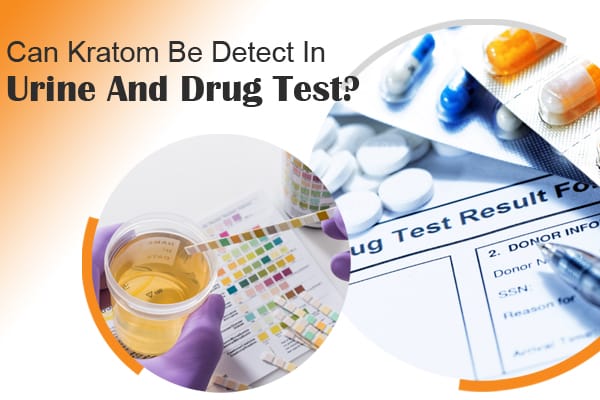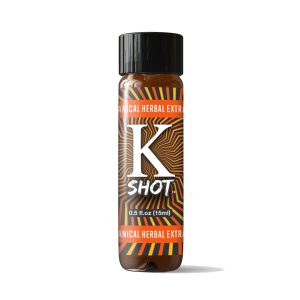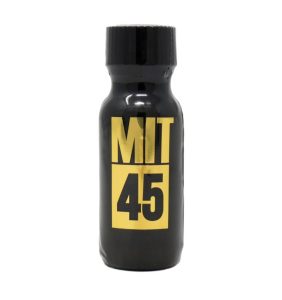
Kratom Detection Through Drug Tests
Previous post
Should You Get Your Hands On Super K Kratom Extract Shot

Kratom has risen to popularity in a matter of years. It is essential to note how it works before determining how long it lingers in a person’s system. As this medicinal plant is such a new product on the market in the United States, many individuals misunderstand it or do not know much about it.

Several people’s desire to know how long a drug stays in the human body has less to do with chemistry and biology and more to do with passing a drug test. The only surefire strategy to pass a drug test is to stay away from them entirely.
Furthermore, the only method to acquire answers to your queries is to conduct research. Here is some of that at your disposal, so let’s start with what this botanical truly is.
Kratom is a tree native to Asia that is close gets linked to coffee trees. It has stimulant-like effects when eaten in minute doses. Its consequences, especially their sedating and relieving qualities, are similar to opiates at larger dosages.
It has gained popularity in the United States, and users can definitely buy Kratom online. Numerous individuals prefer to ingest this herb through Kratom capsules, powders, extracts, and tinctures.
Although DEA does not classify this medicinal herb as a prohibited drug by the DEA, it gets recognized as a substance of concern. But, in many regions of the United States, it is legal.
Thus if you are wondering where to buy Kratom from, there are tons of places around you. Many individuals feel it can aid those who are recuperating from opioid addiction. However, it can also cause unpleasant side effects, including sweating and nausea.
If the ingested product is not Kratom powders or capsules, it will get absorbed into your body very quickly. Mitragynine is the principal active alkaloid in Kratom. This substance stimulates opioid receptors and has effects comparable to those of authentic opiates.
Several studies claim that this medicinal drug is an opioid because of this activity; however, this claim has thoroughly gotten debunked.
Mitragynine gets absorbed through the gastrointestinal system and reaches maximal plasma concentration in less than an hour. The chemical subsequently gets metabolized by the liver, which breaks it down into metabolites or leftovers. Since these compounds are more likely to be destroyed in very acidic conditions, urine pH can alter elimination times.
Like any drug, several factors might impact or decide how long this herb stays in a person’s bloodstream. The following are some of the elements that might influence the time it takes to leave your system and, ultimately, how long it will stay there:
The length of time it takes for this supplement to get eliminated via urine might also depend on how much one is hydrated.
Kidney function, age-related body changes, and the use of other medicines are all likely culprits. It’s reasonable to presume that this botanical will stay in your system longer if you are older, especially if your age is above 65.
Red leaves offer both energizing and relaxing properties. White leaves are said to be quite an invigoration and can improve one’s mood for several hours.
Other than that, considering Kratom’s principal alkaloid, mitragynine is fat-soluble. Those with a high body fat proportion may presumably maintain kratom molecules for longer than those with a lesser body fat percentage.
Other factors include an individual’s metabolic rate, the quantity of Kratom ingested, health problems, and significantly if the liver is functioning the right way.
When considering quitting Kratom, many people wonder how long it stays in the system. Anyone addicted to this medicinal herb and who wants to halt its usage may be concerned about the withdrawal symptoms and when they will appear.
Additionally, if anyone gets drug tested, they might question how long this botanical lingers in their system, even if it does not display in many standard drug tests.
As there have not been many tests performed on this particular supplement, the half-life is unknown. Animals have been the only ones who have gotten thoroughly investigated.
However, according to current research, the primary alkaloid contained in Kratom, mitragynine, is thought to have a half-life of about 23.24 hours.
According to this data, it would take an individual a day to remove 50 percent of Kratom from their body. And it would take slightly over five days to get completely removed from the system.
It will take 5–6 half-lives for a medication to entirely get eliminated from the body, which is under normal circumstances. Even though the exact elimination duration of any drug in any individual is dependent on numerous factors. However, with Kratom, this window would be 5–6 days to guarantee that the drug completely got removed from the system.
So, the question stands. Is Kratom detectable on drug tests? The answer to this question is dependent on the type of exam getting administered. The presence of opiates, amphetamines, cocaine, PCP, and marijuana does not get detected by a usual 5-panel drug test.
Blood and urine tests, on the other hand, reveal the presence of the virus. Clinicians can also use the kratom 10-panel test, which is a specialized kratom drug test.
To put it another way, Kratom does appear on some drug tests, but not nearly as frequently as other, more hazardous substances. It may get tested through blood, hair, saliva, and urine tests.
The main takeaways are that this plant can get taken in the form of Kratom tea, tablets, or chewed leaves. Furthermore, the length of time this herb remains in the user’s system is affected by tons of circumstances, making it impossible to provide a clear answer to the issue. So, while ingesting Kratom, practice precautionary measures!


